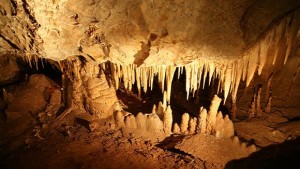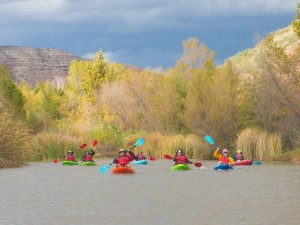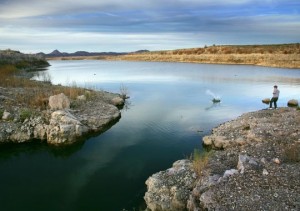 [SOURCE: Linda Valdez, Arizona Republic, Feb. 18, 2016] – A House committee told the public to butt out of decisions about Arizona State Parks.
[SOURCE: Linda Valdez, Arizona Republic, Feb. 18, 2016] – A House committee told the public to butt out of decisions about Arizona State Parks.
You’d better tell them that’s not OK.
The committee voted to eliminate the State Parks Board and vest all its duties in the director.
Those duties include managing, developing and operating the State Parks.
Sandy Bahr of the Sierra Club says the board was an advocate for the parks.
And they need one.
The parks have been systematically stripped of funding despite a long list of deferred maintenance needs.
Lawmakers even took the the $10 million a year in Lottery money that voters earmarked specifically for the parks when the Heritage Fund was approved by a two-to-one margin in 1990.
If they could do that while a board was watching, imagine what sleight of hand GOP lawmakers will manage with only an appointed director on guard.
The board conducted regular meetings where issues could be discussed and the public could be heard, Bahr said.
Without the board, the process of running these public parks will be much more opaque.
So could the process of dismantling them. After all, the state’s ruling Republican Party favors privatization.
Bahr was on hand to testify against the bill, which was a striker to HB 2600. It passed the House Government and Higher Education Committee Thursday.
The board was eliminated as part of a larger effort to streamline the number of boards and commissions.
Maybe some of them should go.
The Parks Board isn’t one of them.
But it will go unless people raise a ruckus. So get on your cell phone.
It’s the governor who will have to sign or veto this thing. Tell him what you think.
The board serves as a valuable champion for State Parks, as well as an easy access point for people to engage with those who make decisions about places that are recognized as highly significant for their natural, historic, and recreational value.
Parks are important to Arizona, and the parks board is important to the parks.




You must be logged in to post a comment.